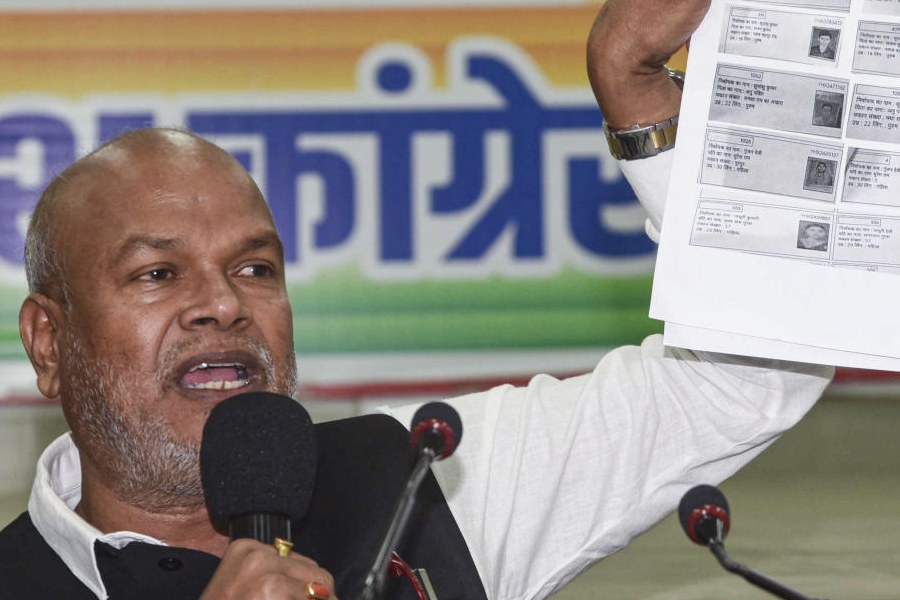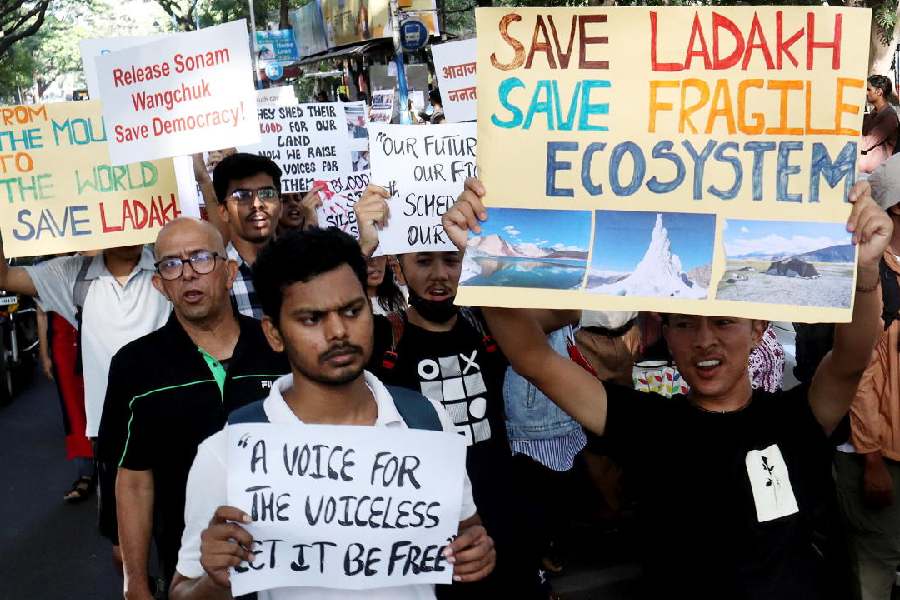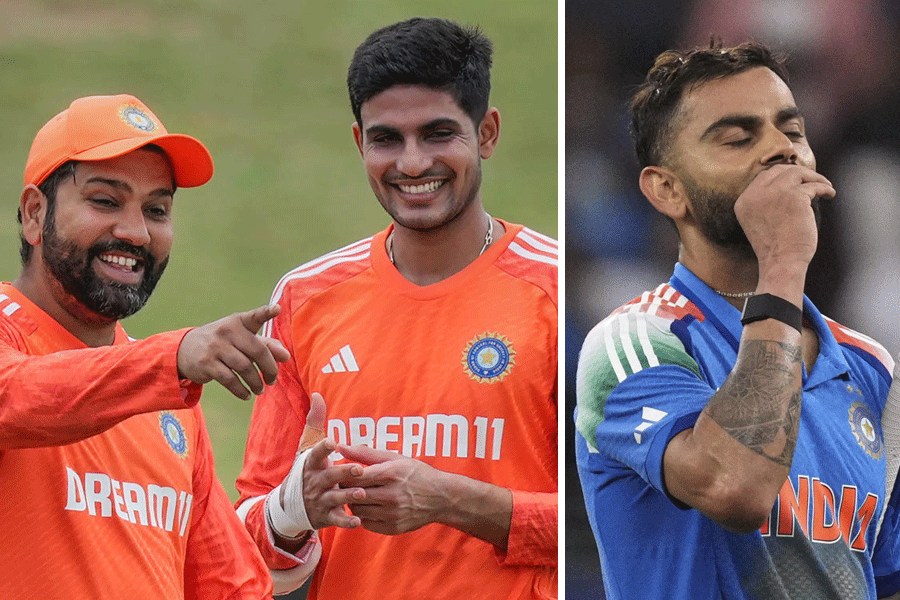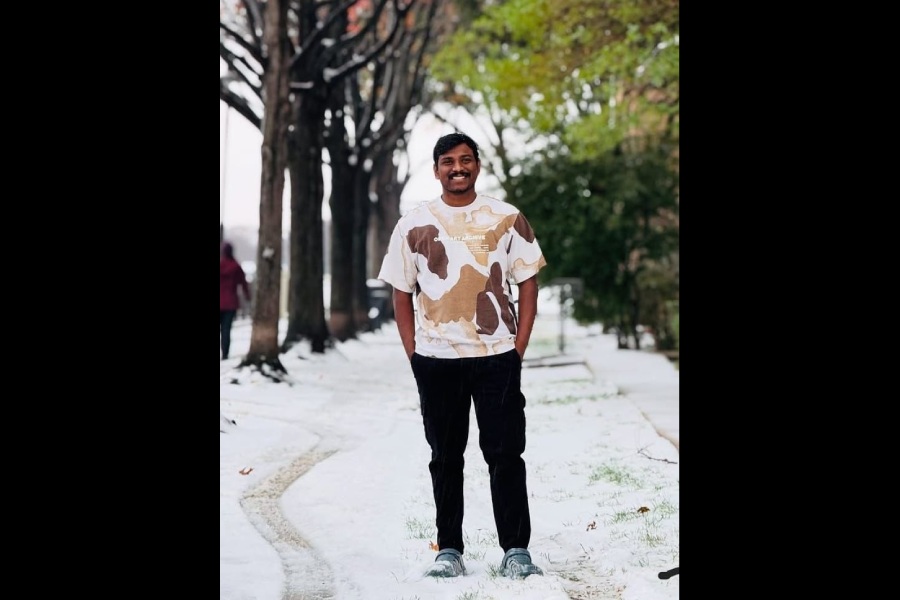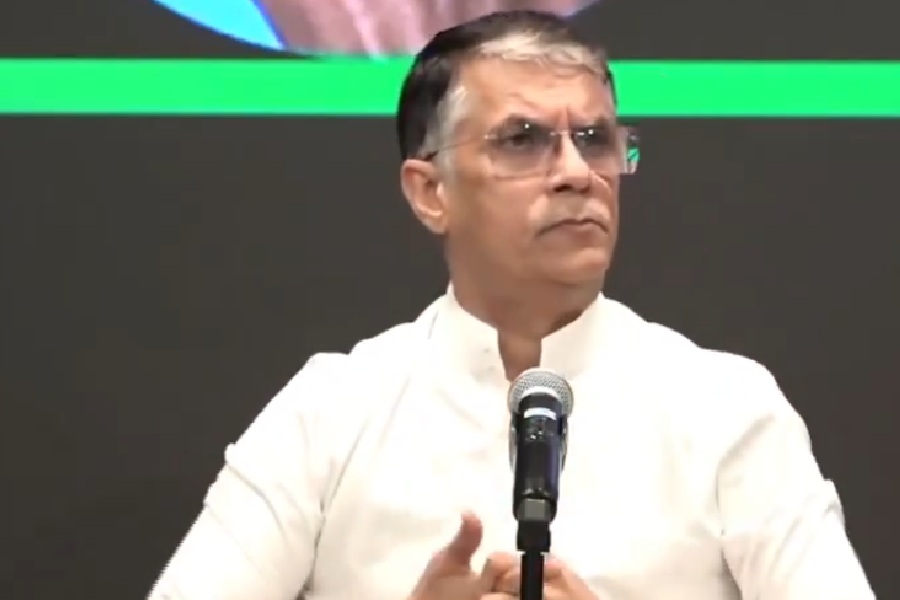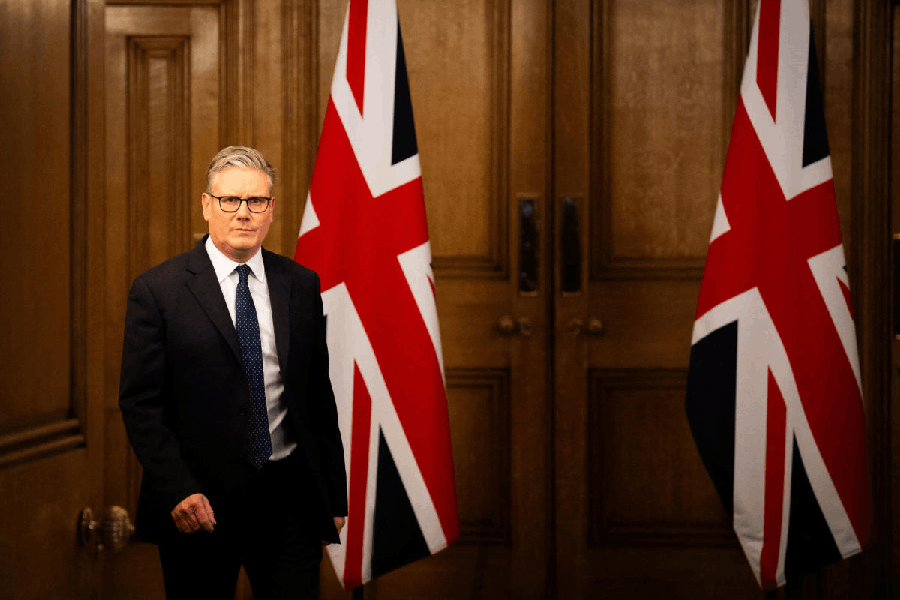 |
| Haresh Hingorani in Calcutta. (Sanat Kr Sinha) |
Chalo, iss film mein humne kuch toh theek kiya,” muttered Shah Rukh Khan when Ra.One’s name was announced at the Zee Cine Awards. Despite being panned, the film has swept the award shows in one category — special effects. From the Excellence in Media and Entertainment Awards at Infocom, an ABP Group initiative, to the National Awards recently. Discovery Channel will air Revealed: The Making of Ra.One (April 4 at 9pm) providing an account of some of the biggest challenges in producing the film. A t2 chat with Haresh Hingorani, VFX supervisor and creative director of Red Chillies VFX.
Is it true that Ra.One has more VFX shots than Avatar?
I can say that but complexity-wise, Avatar is the mother of all films. We might have shot some more but we should not compare that way.
Can you explain the suit replacement for Ra.One and G.One?
What you see in the film is different from what they (Shah Rukh Khan and Arjun Rampal) shot in. Shah Rukh called me and said, ‘Harry, is there a way to improve the suit? It’s not looking that good. Superman, Batman — they all have such fine costumes’. We built the new suit using the existing suit as base. We also wanted the arms not to look like costume over skin but as if there was electricity flowing beneath. Shah Rukh loved it and said: ‘Let’s do it’....Then G.One looked fabulous but beside him Ra.One started looking as if his suit was made in the ’80s. So we had to change Ra.One also. We changed G.One from torso till neck. For Ra.One, we changed from neck till toe. Ra.One’s suit was easier to make as it was thicker and involved less muscle movement. G.One’s was body-hugging, so every muscle showed.
Tell us about that shot of glass breaking and splinters flying in slow motion. Was that the most complex?
Yes, because this was in CGI (computer-generated imagery). On screen, it takes four-five seconds. This comes in the climax of level 1, about 15-20 minutes before the end. This shot was in the plan but the director (Anubhav Sinha) said it would be tough to make CGI glass look real, so let’s shoot it. There was no glass broken in real life. We had a wide shot of Shah Rukh running and another closer one of him. We used that for textures. It took 40,000 hours to finish this shot. Shah Rukh kept telling people that go and watch the film, if only for this shot.
 |
How much did the change of suit push up the cost by?
Because we did it in-house, we could absorb the cost. Green Lantern, the 2011 superhero film, also had a similar change. It cost them $9 million.
Anubhav Sinha said that one of the special effects of the film was how the zeros kept getting added to the budget....
(Laughs) Ketan Yadav, the CEO of Red Chillies VFX, had a pretty good idea about how much it would cost. He had kept some extra money in hand in case something went wrong. Because it was there, we could go on. Overall, we had a budget of $10 million, around Rs 50 crore.
Tech trivia
Ra.One had over 3,000 visual effects, shots and sequences, whereas Bollywood films typically have 100 to 200 shots.
Used a technique called ‘Time Slice’, where the same action is shot by multiple cameras from several angles to convey the powerful impact of being ejected skywards.
Over 60 still cameras were used to create a sequence where the characters are frozen but the camera moved at about 220°.
The face of the villain was created by adding geometrical cubes to wires visualised for Ra.One’s face. It took over a year-and-a-half.
It took nine months for the VFX team to write a computer programme, basically to simulate each cube. That sequence took more than a year to produce.
Ra.One assumes several avatars from Akashi, played by Tom Wu, to Kareena Kapoor’s Sonia till he finally takes the face of Arjun Rampal. Each mutation was meticulously planned and executed to the extent that every cube was tracked and then recreated by computer technology to precisely match each player’s physical attributes.
The glass shot took 135 hours for one frame to render. In all, it took around 12 days to render all the frames on 125 machines. When calculated, it took around 40,000 hours to render.


